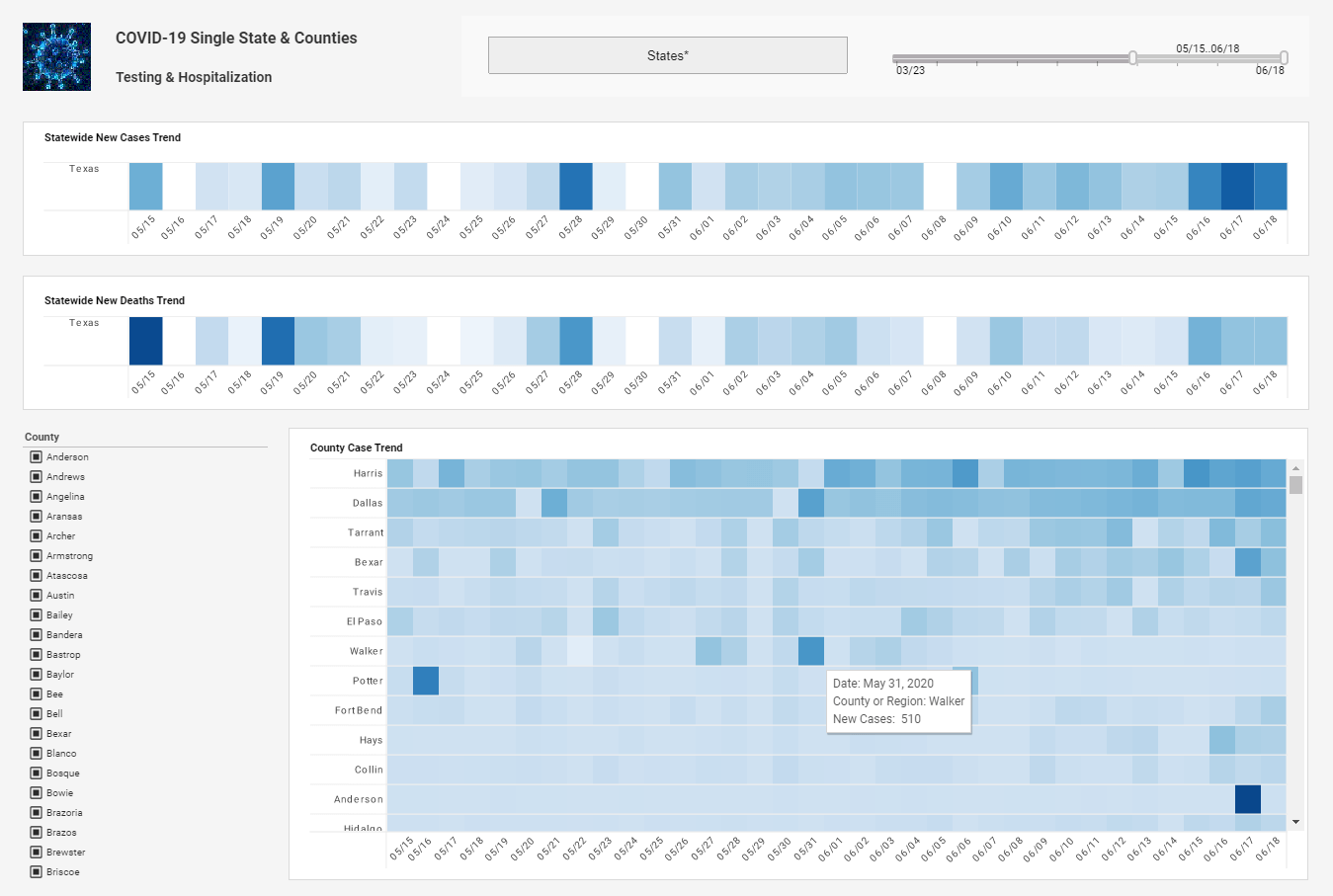Government Scorecarding
Below is the continuation of a transcript of a Webinar hosted by InetSoft on the topic of "Performance Management in Government." The presenter is Christopher Wren, Principal Consultant at GPM.
Christopher Wren (CR): In fact the Key National Indicator System was part the Patient Protection and Affordable Care Act otherwise known as the Healthcare Reform Bill. This calls for the National Academy of Sciences to create a national indicator system not just for healthcare but for all key government outcomes including things like education, health, safety, etc and you would be surprised to known that we are the last industrialized economy not to have a national indicator system.
So this drive for better measures and better outcomes has really reached the ears of Congress, and it has reached the citizens. Citizens are looking for a national scorecard and that's what this Key National Indicator System is for. I know the National Academy of Sciences are meeting on this regularly and are already developing these measures.
Moving on. A key step in the process of developing good performance scorecarding is to answer these three questions. What does success look like? What is the desired mix of outputs and activities? Given our budget, what are the optimum target levels for those outputs and activities? As I said before, we want to tell a story with performance and I hope everyone is thinking very clearly about the story they want to tell.
What Does Success Look Like
Take question number one, what does success look like? I think people have kind of a general or a vague definition for what they want to do. Everyone you know is working on vision statements. Unfortunately a lot of those vision statements as they are currently written are not measurable. I see a lot of these statements on a day-to-day basis. Many of them talk about being world-class or being the best in the business or the best in the field. But there is no clear definition of what that means. There is no data dictionary entry on what that really means and how to measure it.
So what does success look like, not just from a qualitative standpoint, but from a quantitative standpoint, as well. Sometimes you are not going to be able to measure exactly what you want to measure as far as the success of your vision. But there should be at least some kind of substitute or proxy measure or set of proxy measures that will help you get to that level.
Then the other questions, of course, which programs are helping us get there? We are hearing this more and more from the White House which is what's working and what's not working because obviously we have got to put our money where it gives us the most return on our investments for what's really helping us to get to our outcomes. And what's the desired mix given our budget? So these are just some of the questions that we are continually asking people on these government scorecarding projects.
An Example of a Government Scorecard
Let's take the example of the Department of Education's "Performance Report to Congress," which serves as a comprehensive government scorecard. This scorecard provides an overview of the department's progress in achieving its strategic goals and objectives. The scorecard is structured around key performance indicators (KPIs) that measure various aspects of the department's activities, including educational outcomes, program effectiveness, and operational efficiency.
One section of the scorecard focuses on educational outcomes, tracking metrics such as high school graduation rates, student proficiency in core subjects, and college enrollment and completion rates. These indicators help assess the impact of the department's policies and programs on improving student achievement and preparing students for success in higher education and the workforce. Another section of the scorecard evaluates the effectiveness of specific federal programs and initiatives administered by the Department of Education.
For example, it may assess the performance of grant programs aimed at increasing access to quality education, reducing achievement gaps among student populations, or supporting innovative teaching methods. By monitoring program performance against established targets, the scorecard helps identify successful interventions and areas needing improvement. Additionally, the scorecard includes measures related to operational efficiency and organizational effectiveness within the Department of Education. This may include metrics such as budget execution rates, staffing levels, customer satisfaction with department services, and compliance with regulatory requirements. By tracking these indicators, the department can identify opportunities to streamline operations, allocate resources more effectively, and enhance service delivery to stakeholders.
Overall, the Department of Education's performance scorecard serves as a valuable tool for accountability, transparency, and continuous improvement. It enables policymakers, stakeholders, and the public to assess the department's progress in achieving its mission and goals, make informed decisions about resource allocation and program priorities, and hold government officials accountable for results. By regularly updating and refining the scorecard based on feedback and lessons learned, the Department of Education can strengthen its performance management practices and drive meaningful outcomes in education policy and practice.


